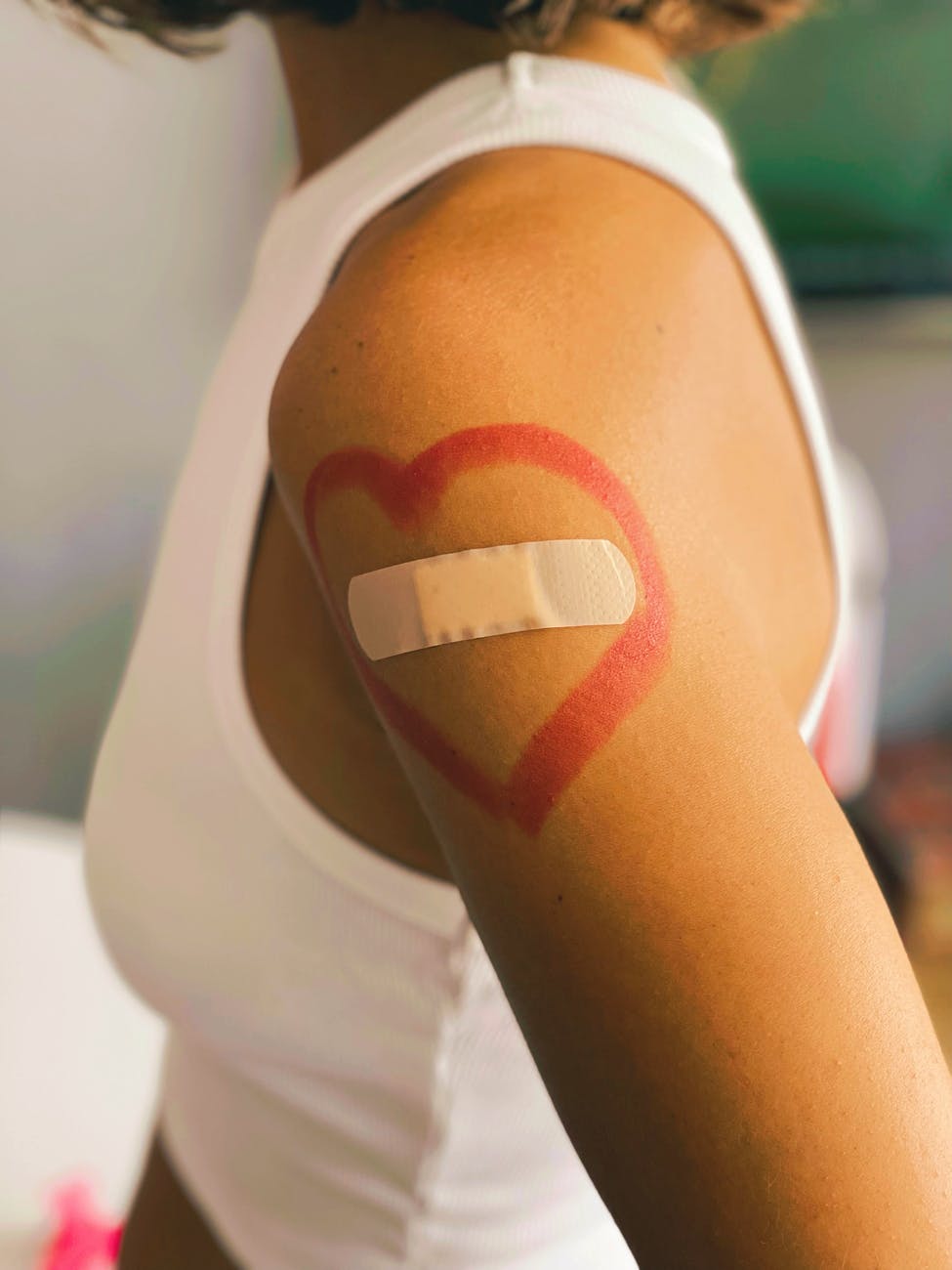Restaurant sanitation checklist: things you should pay most attention to
With the restaurant industry in a state of flux thanks to the coronavirus pandemic's ongoing threat to public health, excellent sanitation practices have become more critical than ever before.
While hygiene has always played a crucial role in any restaurant's success, those that implement the best sanitation routines could edge ahead of competitors who fail to properly combat the health risks posed by COVID-19 and other diseases associated with poor sanitation practices.
Whether you're still closed, ramping up for reopening, or you're set to reintroduce indoor dining, this guide (which is by no means exhaustive) will walk you through the critical areas you need to focus on concerning sanitation.
Without further ado, let's start the checklist.

1. Familiarize Yourself with Cleaning and Sanitization Best Practices
Perhaps the most noticeable change is the amount of cleaning, disinfecting, and sanitizing you'll be doing as a restaurant team. Early research has shown that COVID can survive at room temperature on several surfaces for days at a time. Here's the breakdown:
- Plastic: 3-7 days
- Stainless Steel: 3-7 days
- Copper: Up to 4 hours
- Paper: Up to 4 days
- Glass: Up to 4 days
- Cardboard: 24 hours
- Wood: 2 days
Therefore, you need to implement policies that increase the thoroughness of your cleaning and sanitization practices. Remember, cleaning and sanitizing are not the same process. Cleaning removes visible dirt and food from surfaces, for which soap and warm water will suffice.
By contrast, to effectively sanitize, you'll need to use chemicals to kill any residual germs. Don't forget that surfaces that look eye-clean may still have bacteria or virus particles on them, so never become complacent. To sanitize, make sure to use a bleach solution (one tablespoon of bleach to each gallon of water), using one of the brands on the EPA's approved disinfectant list.
2. Focus Your Sanitization Efforts on High-Touch Areas
While all areas should be continuously cleaned and sanitized, extra effort must be put into cleaning your highest touch surfaces within the restaurants. With so many hands touching the same points during service, it's vital to continuously sanitize these critical areas to minimize the chance of spreading the virus.
Areas to think about include (but are not limited to):
- Menus (if you have them)
- Check holders
- Wireless credit card terminals
- Touchscreen devices (such as POS system)
- Kitchen surfaces
- Door handles
- Bathroom stalls and sinks
- Tables
- Chairs
- Condiments (and condiment holders)
- Kitchen equipment handles (such as microwave ovens)
- Cutlery
- Any food-contact surfaces
- Self-ordering kiosks
There will likely be high-touch points in your restaurant not listed above, so make sure to include them in your upgraded sanitation policy.
3. Promote Proper Handwashing
Even though we have been fighting this virus for the best part of a year, thorough handwashing is still one of the best methods to ensure we don't contract or transmit the virus to someone else. Therefore, start by implementing signage that reminds your employees of the significance of proper handwashing. It should also be reiterated to employees at the beginning of each service or shift.
The CDC describes proper handwashing as:
- Wetting your hands with clean, running water (warm or cold), turning off the tap, and applying soap.
- Lathering your hands by rubbing them together with the soap. Lathering the backs of your hands, between your fingers, and under your nails.
- Scrubbing your hands for at least 20 seconds.
- Rinsing your hands well under clean, running water.
- Drying your hands using a clean towel or air dry them.
Don't forget that there are several cases whereby you and your employees should go and wash their hands to prevent the spread of the virus, including but not limited to:
- After coughing, sneezing, and wiping your nose
- After using the bathroom
- When preparing food
- When switching from preparing uncooked foods to working with ready to eat foods
- After touching your face or hair
- After touching animals
- After eating and using tobacco/nicotine
- After handling money or other forms of payment
- After handling dirty equipment or utensils
- Before putting on disposable gloves
- Whenever hands become dirty
Again, carefully-placed signage may reinforce the importance of washing hands after any of these events occur.
Finally, proper handwashing shouldn't be limited to your employees. You diners could just as quickly bring COVID-19 into your restaurant with them. Thus, make sure to include ample hand sanitization facilities so customers can thoroughly disinfect their hands before eating their food.
4. Employee Health Screening
As highlighted above, excellent restaurant sanitization starts with your employees. To keep your establishment virus-free, there are several steps you're going to need to take to keep your facility contamination-free.
First and foremost, you need to adhere to state laws regarding personal protective equipment. Facial coverings are mandatory in many states, as is the use of disposable gloves for ready-to-eat food. It's also a good idea to carry out temperature checks and the beginning and end of each employee shift to ensure no one has a fever (one of the most prevalent symptoms associated with COVID-19).
Lastly, it's good to reaffirm your standard disease prevention policies for common food-related illnesses such as E. coli and Norovirus. Remind employees that no one should come in who has suffered from diarrhea, vomiting, cramps, fever, coughing, or any flu-like symptoms in the last 24 hours.

5. Inspect All Food and Facilities Before Reopening
With the threat of the virus continuing to plague society, it could be the case that restaurants have to shut down once more to comply with state or county-enforced shelter-in-place orders. If your restaurant does have to close for an extended period, you must carry out a full inspection of your facilities to ensure every aspect meets sanitary standards before reopening.
Start with the food itself, much of it will likely have spoiled during your weeks of enforced downtime. You can use your restaurant's smart POS inventory management system to look up when you last ordered items and discard any food that is no longer fresh or saleable.
Next, check equipment and utilities. For example, check the electrical lighting, gas services, and ventilation. Are ventilation systems (including air ducts and vents) clean, free of mold, and operating correctly? Then assess the garbage and refuse areas to ensure there hasn't been a pest infestation. Finally, check bathroom facilities to ensure they are capable of maintaining current hygiene standards in light of the virus.
Keep Your Restaurant Sanitation Processes in Check with the Help of Smart POS Technology
Keeping your restaurant sanitary and hygienic will be vital in the current virus-threatened climate. The practices you implement now could ensure that your restaurant stays open when others have to close for deep cleaning and periods of enforced dormancy.
Utilizing cutting-edge POS systems allows you to use data analysis and wireless, contactless payment technology to minimize health risks to your employees and customers. If you would like to find out more about how POSTRON can help your restaurant during these unprecedented times, don't hesitate to contact a member of our team today.
